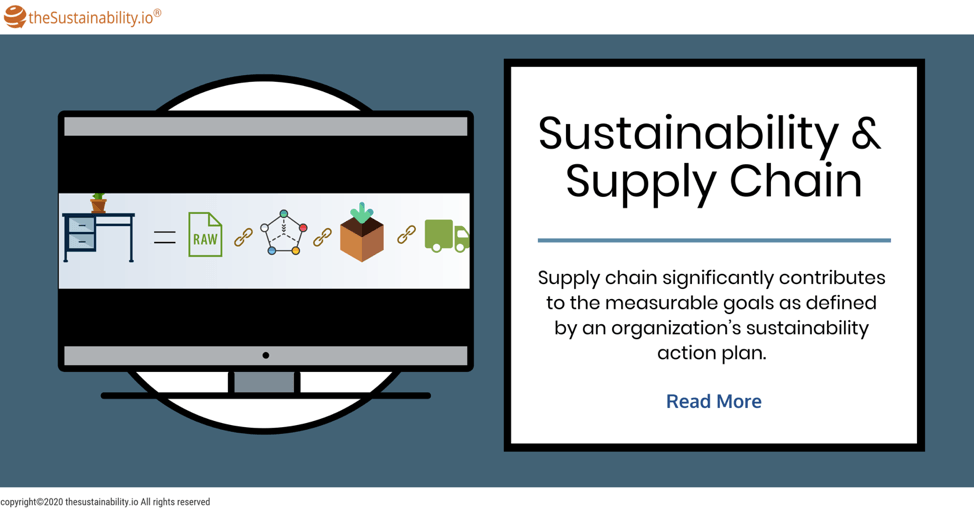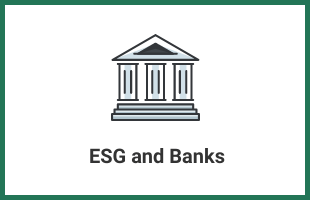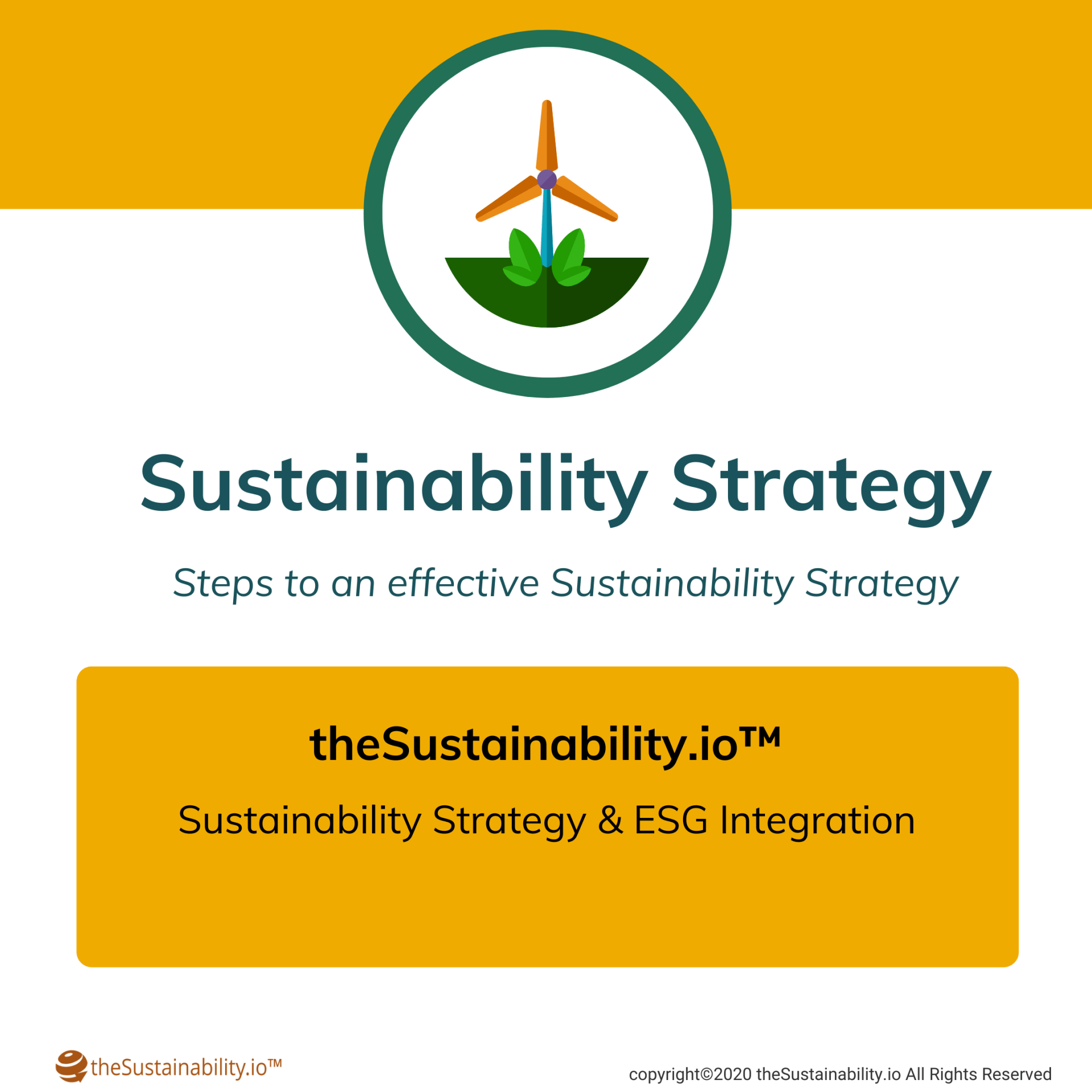Sustainability and the importance of Supply Chain
MACK BHATIA
Importance of Green Supply Chain™
Sustainability, is no longer a distant term, and is at the core of many organizations and their strategic initiatives. The research shows that the quarter of the world’s top corporations have commitments for credible climate action for 2030. This number has certainly increased over the last few years, however we still have the other three-quarters of the top tier companies who should ideally step up. We do anticipate that the outcome from those companies with a credible sustainable action plan and looking at their results, like any other industry, will encourage and others to join the bandwagon.
Corporate responsibility was existent in many companies but the general observation is that climate change, as it sits now, is no longer an optional category among the Corporate and Social Responsibility objectives. This transition seems to be driven by many factors including investor expectations, business cases, customer expectations, demands from employees and more. Out of all factors however, we noticed that the business leaders were more attentive becoming industry compliant and to gain a competitive advantage among their peers. The two reasons are enough and an adequate push for corporations to take actions and reduce their carbon footprint. The 3rd reason, and rather an important factor is - Transparency.
Transparency, as a matter of fact, has two advantages – First, the more transparent we are with our sustainability action plan and the steps business leaders take to measure the commitments, the more trust is what we develop with our investors and customers. The second is that corporations largely benefit from transparency as they are able to identify potential inefficiencies and focus on opportunities as a transparency's by-product.
The biggest opportunities through transparency lies in any organization’s supply chain.
General Motors, as an example was not only able to reduce their costs in supply chain, but through their supply chain compliance program, was able to manage significant risks through systematic and collaborative efforts with their 3400 strong supplier base.
Supply chain has a significant contribution to any measurable goals defined by an organization’s sustainability action plan. Many organizations sooner or later realize that their goals will not be met unless they have visibility into their end-to-end supply chain. This is until steps are undertaken to optimize the supply chain operations.
As an example – one of the 5 sustainable commitments as defined by BIC Inc.
“Writing the Future, Together”
program is to ensure that the company is able to identify and collaborate with the strategic suppliers and ensure most secure, innovative and efficient sourcing among their complex supply chain. However, to achieve the objectives the supply chain participants should be able to track the journey of the supplies and should be able to engage and build trust among themselves.
Mr. Chintan Shah, who heads the Supply Chain Operations in Canada for BIC Inc. articulates this concept really well. “Optimizing our supply chain is one of our key sustainability commitments. Our internal assessment indicates that we can achieve our goals when we work together with our suppliers and vendors. We will now like to track the journey of our supplies and have plans to engage and collaborate with our Tier 1 suppliers to help us meet our objectives.”
As observed, most companies realize that either most GHG emissions, or the maximum percentage of waste occurs somewhere or around the journey of a supply chain. Companies will also want to encourage their suppliers to follow the path of sustainability. Eventually customers and investors will want to have a transparency on the ethical practices of the companies they invest in and will demand transparency on the source of product that they just purchased.
SIOChain™
is one of the platforms that can help achieve this. Contact us to know more and how our team can develop your action plan or support to help you achieve a sustainable supply chain.
Learn about Green Supply Chain
Reach out to us

Private equity firms are required to have an ESG strategy which is aligned to the limited partner’s ESG focus. Private equity industry is under greater scrutiny than ever before, and PE firms must do a better job of capturing and tracking the value they are creating and the impact of their activities.
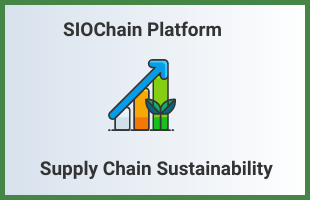
SIOChain - Supply chain sustainability management system positions you stronger growth working closely with suppliers or partners to manage your environmental and social impact. Through supplier engagement, supplier recognition, and sustainable procurement, you can manage risks while increasing productivity and efficiency within the value chain
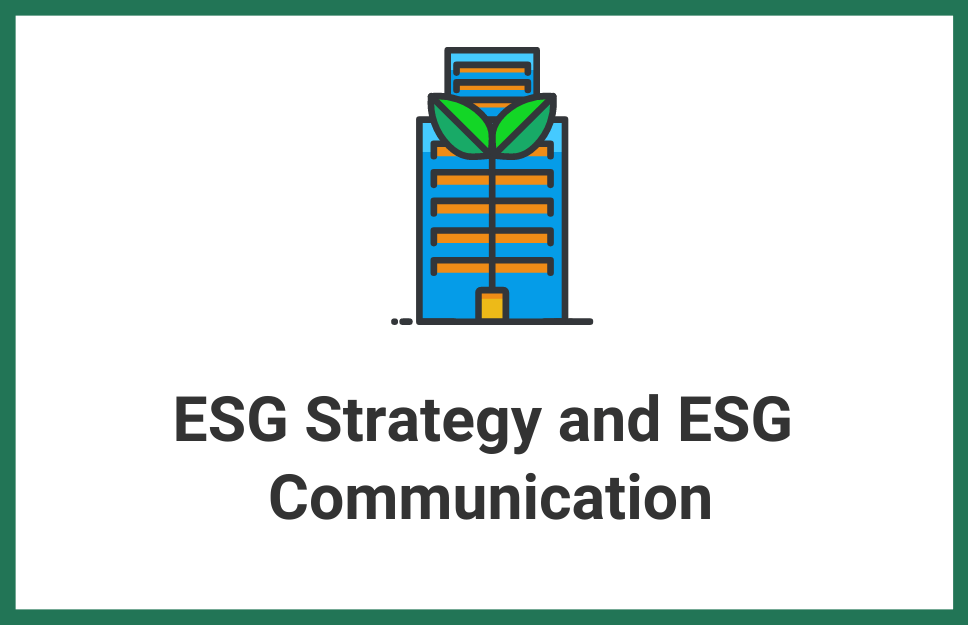
Our team provides services and due diligence to not only identify ESG opportunities but help our clients quantify potential ESG benefits and risks, incorporate ESG policies into the strategies and activities, facilitate transactions between asset buyers and sellers, and provide confidence among all parties that ESG commitments are made, and risks are managed.

It is very important that companies make sustainability and ESG a central component of their business model. “We know that climate risk is investment risk. But we also believe the climate transition presents a historic investment opportunity”, says Lary Fink from BlackRock. Authoritative statements like these present an opportunity for companies to prepare their business and our economy against the greatest global threats while it opens doors for capital access.
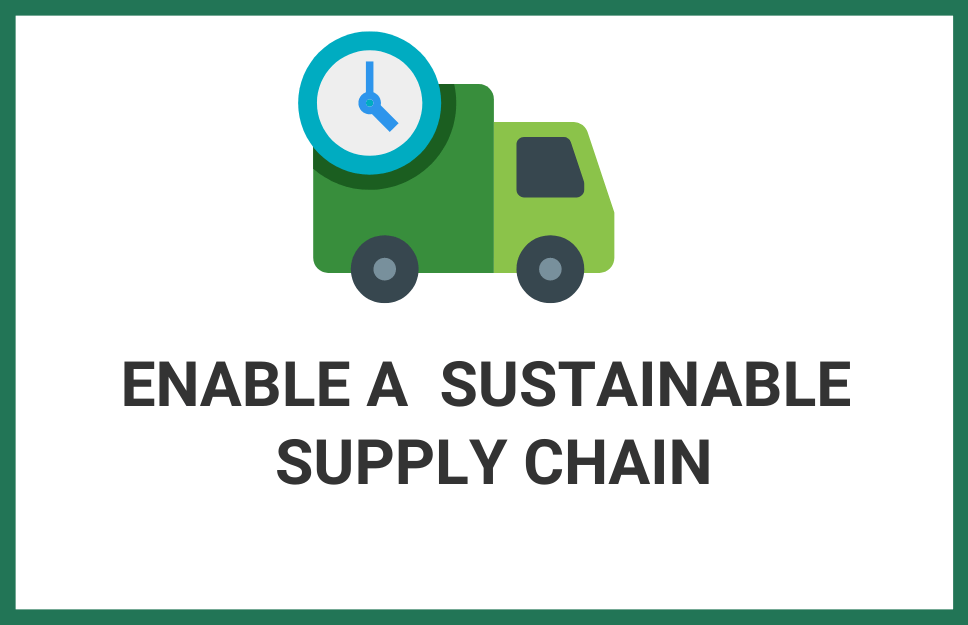
It is imperative to activate ESG and sustainability through the supply chain to develop transparency and visibility on ESG and sustainability practices. Companies need to collaborate with their suppliers and supply chain participants in upstream and downstream operations in order to meet their environmental and sustainability commitments. See more.

Effective communication with sustainable investors focused on your ESG progress is an important component of your ESG strategy. It fills the gap between investor expectations and your sustainability
or ESG strategy.Sustainability and ESG communication is an approach to engage your customers and
investors, and to showcase your ESG progress and sustainability commitments.

It is imperative to focus on supply chain sustainability in order to meet your sustainability commitments and meet your environmental targets. SIOChain™, a technology platform is designed to engage your suppliers and collaborate to measure, monitor and embed sustainability and ESG in your supply chain.
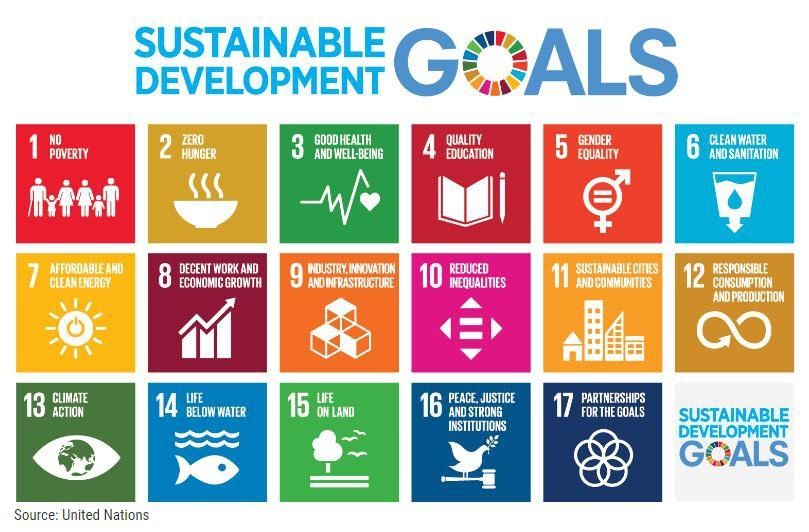
The purpose of sustainable financing, as stated by the UN Environment Programme , is to increase the level of financial flows (from banking, micro-credit, insurance and investment) from the public, private and not-for-profit sectors to sustainable development priorities. The aim is to align financial systems, working with countries, financial regulators and financial sectors, and direct capital allocation to sustainable development that will shape the production and consumption patterns of tomorrow. Financial mechanisms such as Green Bonds, Social Bonds and ESG Linked Loans help this alignment as they promote public-private partnerships for sustainable development. The Sustainable Development Goals (SDGs) are a collection of 17 global goals set by the United Nations General Assembly as an agenda for the year 2030. These 17 SDGs are an urgent call for action by developing and developed countries and provide a blueprint for the peace and prosperity for people and the planet. The SDGs also recognize issues related to the planet, such as biodiversity, and to people, such as poverty, and accept that solutions to address all of these issues are interconnected. Green Finance (or Sustainable Finance) instruments such as Green Bonds, and bonds focused on other thematic issues such as Social Bonds, Sustainability Bonds or Sustainable Development Goal Bonds, can act as a strong bridge to the SDGs. Such initiatives allow the flow of capital to execute and meet corporate sustainability commitments. They are also attractive to institutional investors as they perceive financial commitments to sustainability as a good indicator of a corporation's ESG progress. Related: More about Social Bonds

